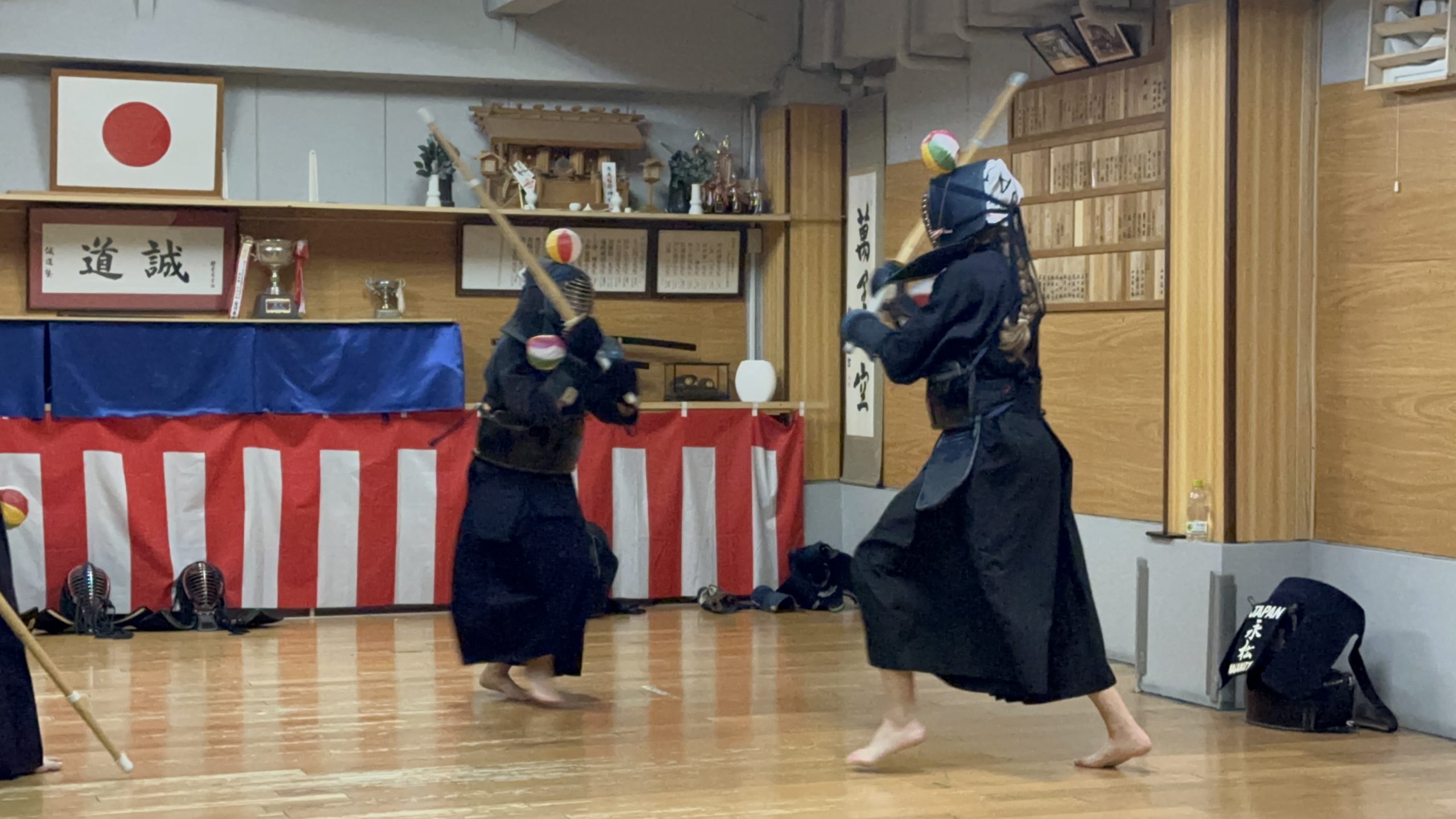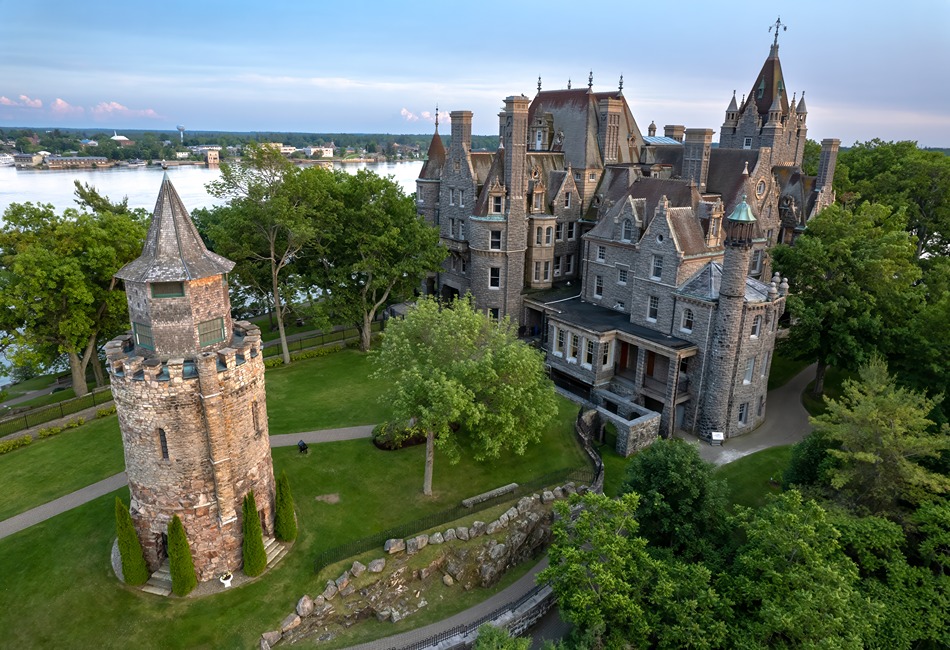A Journey Through Tokyo: Savoring Culinary Delights, Cultural Riches, and Timeless Traditions
By Emily Egna
Tokyo, a vibrant tapestry of tradition and modernity, invites visitors to explore its unique blend of culinary delights, cultural experiences, and historical treasures. Begin your day with the bustling energy of the Tsukiji Outer Market, where the air is filled with the tantalizing aromas of fresh seafood and grilled delicacies, setting the stage for an unforgettable sushi breakfast. As the sun rises higher, immerse yourself in the enchanting world of Kabuki theater, where dramatic performances and elaborate costumes transport you back to the Edo period. From hedgehog cafes in Shibuya to the serene grounds of the Imperial Palace, each corner of Tokyo offers a glimpse into the city’s rich heritage and contemporary charm, making it a destination that captivates the senses and ignites the spirit of adventure.
For more ideas on international travel destinations, you can subscribe to Leisure Group Travel for FREE
Tsukiji and Toyosu Markets
There is no better way to start a day in Tokyo than a stroll through Tsukiji Outer Market and sushi breakfast in one of Tsukiji’s many hole-in-the-wall restaurants. The market’s three blocks are crowded with fishmongers, vendors waving sticks of grilled octopus, and shops carrying everything from produce and tea to kitchenware. One tasty, popular dish is maguro donburi—slices of raw tuna over rice sprinkled with seaweed.
Nearby is the newly opened Toyosu Market which took over the wholesale business from Tsukiji in 2018. This market is the largest fish market in the world and most famous for its tuna auctions. A viewing gallery is opened early in the morning for visitors to observe as bidders offer thousands of dollars for enormous tuna.
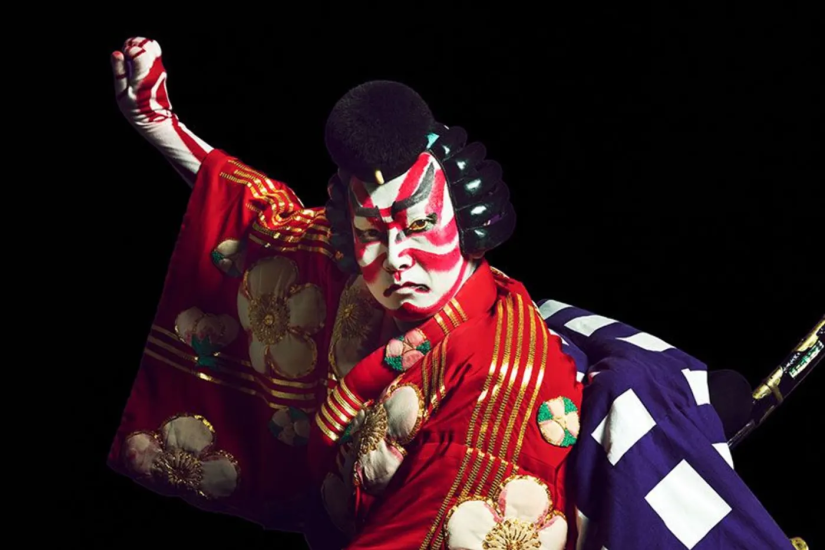
Kabuki Theater is a popular art form in Japan.
Kabuki Theater
Dramatic, eccentric, and dazzling, Kabuki has been a popular form of entertainment in Japan for centuries. The performing art is well-known for its vibrant costumes, elaborate makeup, and actors’ distinct mannerisms. Sitting in the magnificent Kabuki-za theater with the shamisen ringing in the air, it’s impossible not to feel like one is living in the Edo period watching their favorite Kabuki play beside fellow townspeople.
Nearly every full-length play is performed in five acts, however Kabuki-za offers tickets for just one act, providing the perfect opportunity for visitors to get a taste for this unique Japanese art.
Chiku Chiku Café
Cat cafés have existed in the United States for the past decade but have been in Japan for twice as long. In addition to cat cafés, Tokyo also boasts the chiku chiku, or hedgehog, café. At this café in Shibuya, visitors can spend thirty minutes or an hour feeding and holding adorable hedgehogs. The animals are given every other day off and live in homey enclosures decorated like dollhouse rooms. Unlimited human beverages are provided, and guests can even purchase a selection of delicacies to feed the hedgehogs.
Fukagawa Edo Museum
This museum’s main attraction is a life-size reproduction of a street in Tokyo in 1840 during the Edo period. Visitors can explore old shops, relax in traditional homes on tatami mats, and even try their hand at grinding rice. The attention to detail is astounding from the seafood skewers in a vendor’s cart to the ceramics and household tools tucked away in cupboards and drawers.
Sound and lighting effects contribute to the atmosphere, cycling through settings of day, night, summer, fall, winter, and spring. On the far side of the village, fishing boats float in a pool of real water beside a traditional teahouse.
Kendo Experience Tour
Kendo is a modern Japanese martial art stemming from ancient samurai warriors’ sword exercises. It has spiritual, mental, and technical aspects which differentiate it from other martial arts and utilizes head, arm, abdomen, and lower body protectors. Bamboo swords are used, too.
At Kendo Experience Tour, guests don samurai armor, learn the bowing ceremony, discover the history of samurai, practice striking opponents with bamboo swords, and participate in combat games. Intimidating an opponent through aggressive shrieking is part of the fun.
Tokyo National Museum
The Tokyo National Museum contains the largest collection of Japanese art in the world. Its contents range from stunning kimono and detailed Noh masks to colorful ceramics and ancient scrolls. The collection houses over 110,000 artifacts, typically displaying around 4,000 of them.
In addition to Japanese art, the museum has a dedicated building for Chinese, Southeast Asian, Central Asian, Korean, Indian, and Egyptian exhibits. The Gallery of Hōryū Treasures is the museum’s most recent addition featuring objects from a 7th century temple.
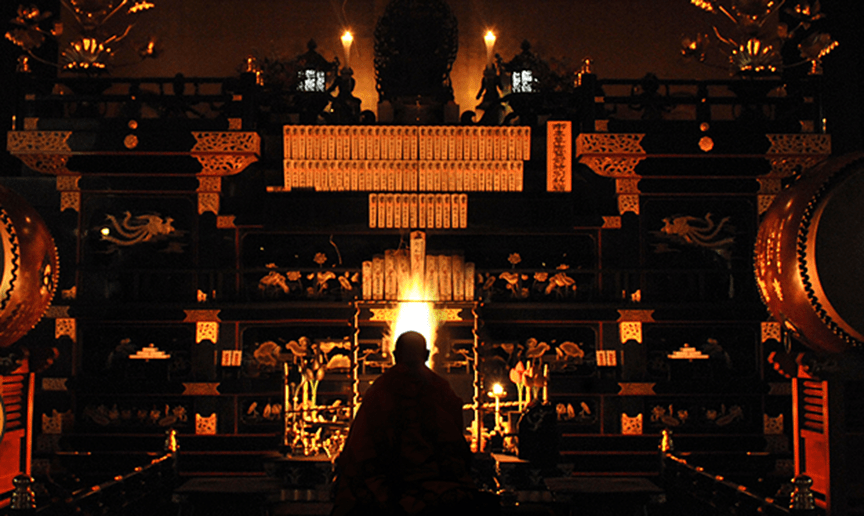
The Fukagawa Fudo Temple is known for its prayer corridor containing 10,000 crystal statues of Fudōmyō.
Fukagawa Fudo Temple Fire Ritual
The Fukagawa Fudo temple is known for the Goma fire ritual it performs five to six times each day to empower Fudōmyō, the god of justice. Accompanied by the rumbling of huge drums and the calming rhythm of chanting monks, a priest lights the altar. The flames climb higher and higher and the chanting increases in intensity, the hall reverberating with pounding drumbeats. Slowly, people rise and form a line beside the altar. They present their purses and bags which the priest waves over the flames with the purpose of destroying negative energies and thoughts.
The Fukagawa Fudo Temple is also known for its prayer corridor containing 10,000 crystal statues of Fudōmyō. A large string of prayer beads runs the entire length of the passageway, and visitors are encouraged to make a wish as they trail a hand over it on their way through.
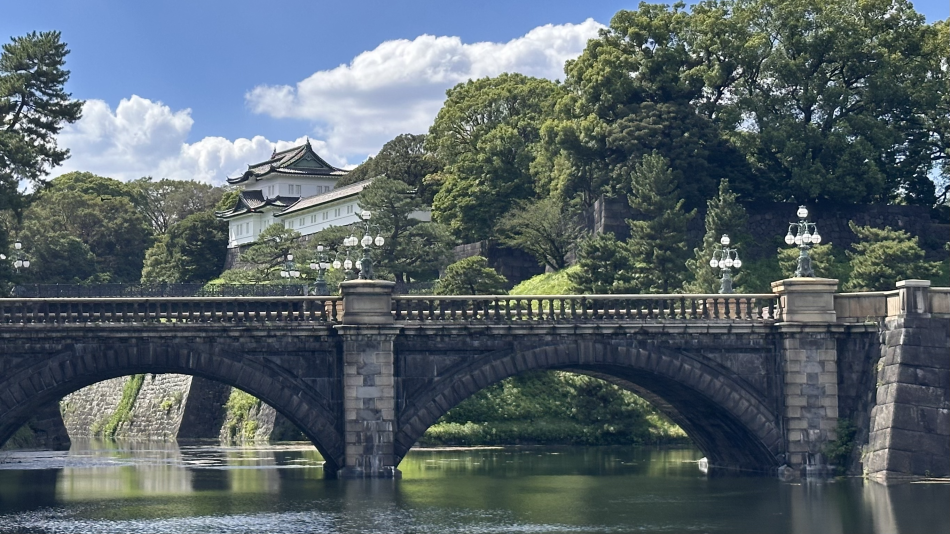
The Imperial Palace is located on the former site of Edo Castle, a large park area surrounded by moats and massive stone walls in the center of Tokyo, a short walk from Tokyo Station.
Imperial Palace
At the time of its construction in 1640, the Imperial Palace was the largest castle in the world—99 gates, 21 watchtowers, 28 armories. Today, the imperial family lives in the heavily walled sections of the grounds, and tours mainly take place outdoors. Twice a year—on January 2nd and December 23rd—the main palace grounds open and visitors assemble beneath the balcony to offer kind regards to the Imperial Family.
The lands contain beautiful gardens flush with greenery, babbling brooks that wind gracefully between stones, and a quiet pond full of long tail carp. Visitors can stroll through wooded paths and rest on a bench to soak in the peacefulness.
For more ideas on international travel destinations, you can subscribe to Leisure Group Travel for FREE


